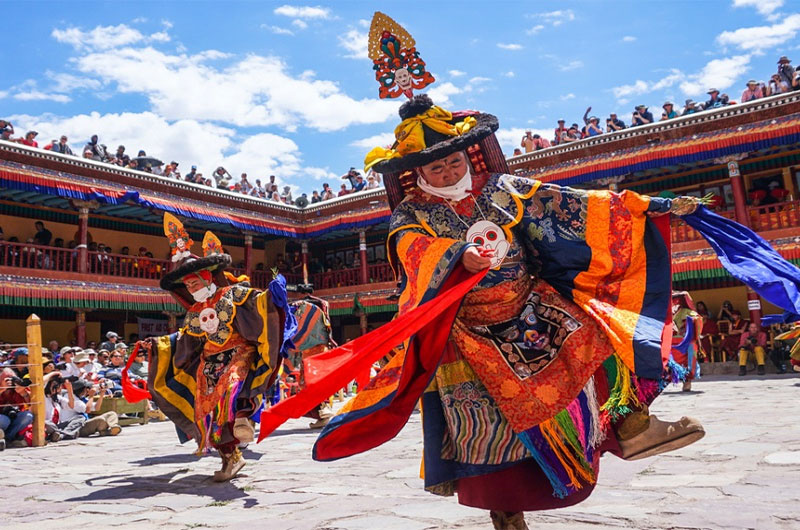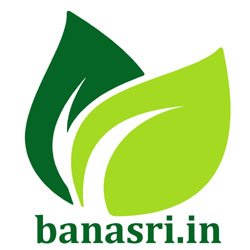
Festivals of Jammu and Kashmir: Celebrating Culture and Tradition
These festivals in Jammu and Kashmir reflect the region’s rich cultural diversity, religious harmony, and vibrant traditions, attracting visitors from all over the world to experience their unique charm and significance.
1. Baisakhi
Time of Festival
- Celebrated on April 13th or 14th every year.
Specialty of the Festival
- Baisakhi marks the harvest festival in Jammu and Kashmir, particularly in the Jammu region.
- Farmers express gratitude for a good harvest with traditional folk dances like Bhangra and Gidda.
- Fairs are organized, showcasing local handicrafts, cuisine, and cultural performances.
Locality of the Festival
- Celebrated predominantly in Jammu city and rural areas across Jammu region.
Nature of the Festival
- Agricultural and cultural.
- Celebrates the bounty of nature with dance, music, and community feasting.
- Promotes local arts and crafts through exhibitions and fairs.
2. Lohri
Time of Festival
- Celebrated on January 13th every year.
Specialty of the Festival
- Lohri is a festival of bonfire and marks the end of winter and the onset of longer days.
- People gather around bonfires, throw til (sesame seeds), gur (jaggery), and peanuts into the fire.
- Traditional dance performances like Bhangra and Gidda accompany the celebrations.
Locality of the Festival
- Celebrated with great enthusiasm in Jammu region and parts of Kashmir valley.
Nature of the Festival
- Cultural and seasonal.
- Emphasis on community bonding, warmth, and prosperity.
- Celebrates agricultural success and encourages unity through shared festivities.
3. Eid-ul-Fitr and Eid-ul-Adha
Time of Festival
- Eid-ul-Fitr: Celebrated at the end of Ramadan, the Islamic holy month of fasting.
- Eid-ul-Adha: Celebrated during the Hajj pilgrimage.
Specialty of the Festival
- Eid-ul-Fitr: Marks the end of fasting with prayers (Salat al-Eid) and communal feasting.
- Eid-ul-Adha: Commemorates Prophet Ibrahim’s willingness to sacrifice his son with prayers and the sacrifice of animals (Qurbani).
Locality of the Festival
- Celebrated across Jammu and Kashmir, with major festivities in Srinagar, Jammu city, and other towns.
Nature of the Festival
- Religious and cultural.
- Emphasizes charity, compassion, and communal harmony.
- Festivities include prayers, family gatherings, and sharing meals with neighbors and the needy.
4. Navratri and Durga Puja
Time of Festival
- Celebrated in September-October, during the Hindu month of Ashwin (Sharad Navaratri).
Specialty of the Festival
- Navratri celebrates the divine feminine with nine nights of worship of Goddess Durga.
- Durga Puja culminates with grand processions, artistic pandals (temporary structures), and cultural performances.
- Symbolizes the victory of good over evil.
Locality of the Festival
- Celebrated with fervor in Jammu and Kashmir, especially in Jammu city, Katra, and some parts of Kashmir valley.
Nature of the Festival
- Religious and cultural.
- Traditional dances (Garba and Dandiya Raas), music (Bhajans), and festive foods.
- Promotes community spirit, devotion, and artistic expression.
5. Shivratri
Time of Festival
- Celebrated in February or March.
Specialty of the Festival
- Shivratri honors Lord Shiva, the Hindu deity of destruction and regeneration.
- Devotees observe fasts, perform rituals like Rudrabhishek, and visit Shiva temples.
- Night-long vigils (Jagaran) are observed with chants of “Om Namah Shivaya”.
Locality of the Festival
- Celebrated across Jammu and Kashmir, with notable celebrations at Shankaracharya Temple in Srinagar and Shivkhori in Reasi.
Nature of the Festival
- Religious and spiritual.
- Emphasis on penance, devotion, and Shiva worship.
- Cultural programs, religious discourses, and community meals (Prasad) are also part of the celebrations.
6. Hemis Festival
Time of Festival
- Celebrated in June or July, according to the Tibetan calendar.
Specialty of the Festival
- Hemis Festival is the largest and most famous monastery festival in Ladakh.
- Celebrates the birth anniversary of Guru Padmasambhava (Guru Rinpoche), the founder of Tibetan Buddhism.
- Features masked dances (Cham dances), music, and rituals performed by Lamas in colorful attire.
Locality of the Festival
- Celebrated at Hemis Monastery, located about 45 km from Leh in Ladakh region.
Nature of the Festival
- Cultural and religious.
- Showcases Tibetan Buddhist traditions, rituals, and ancient customs.
- Attracts tourists and devotees from around the world to witness the vibrant cultural heritage of Ladakh.
7. Tulip Festival
Time of Festival
- Celebrated in April, coinciding with the blooming season of tulips.
Specialty of the Festival
- Tulip Festival showcases the beauty of thousands of tulips in full bloom at Indira Gandhi Memorial Tulip Garden in Srinagar.
- Features cultural programs, traditional Kashmiri music, and handicraft exhibitions.
- Provides a platform for local artisans and floriculturists to display their crafts and skills.
Locality of the Festival
- Celebrated at Indira Gandhi Memorial Tulip Garden in Srinagar.
Nature of the Festival
- Horticultural and cultural.
- Promotes tourism and celebrates the natural beauty of Kashmir valley.
- Visitors enjoy leisurely walks among colorful tulip beds, cultural performances, and local cuisine.
8. Bahu Mela
Time of Festival
- Celebrated during the Navratras in March-April and September-October.
Specialty of the Festival
- Bahu Mela is held at Kali Mata Temple (Bahu Fort) in Jammu city.
- Includes fairs, cultural performances, and religious rituals in honor of Goddess Kali.
- Devotees throng the temple to seek blessings and participate in the festivities.
Locality of the Festival
- Celebrated at Bahu Fort Temple complex in Jammu city.
Nature of the Festival
- Religious and cultural.
- Fosters devotion, community spirit, and cultural heritage.
- Features religious processions, folk music, handicraft stalls, and traditional foods.
9. Urs of Shah-e-Hamdan
Time of Festival
- Celebrated in May-June, according to the Islamic lunar calendar.
Specialty of the Festival
- Urs of Shah-e-Hamdan commemorates the arrival of Mir Syed Ali Hamdani, a Sufi saint, in Kashmir.
- Includes prayers, spiritual discourses (Majlis), and cultural programs.
- Devotees pay homage at Khanqah-e-Moula shrine and participate in the religious rituals.
Locality of the Festival
- Celebrated at Khanqah-e-Moula shrine in Srinagar and other Sufi shrines across Kashmir valley.
Nature of the Festival
- Religious and cultural.
- Promotes Sufi traditions, peace, and harmony.
- Features Sufi music (Qawwali), prayers, and communal meals (Langar).
10. Gurez Festival
Time of Festival
- Celebrated in July-August.
Specialty of the Festival
- Gurez Festival celebrates the unique cultural heritage of the Gurez Valley in Kashmir.
- Showcases traditional music, dance, arts, and crafts of the region.
- Includes adventure sports like trekking, river rafting, and cultural competitions.
Locality of the Festival
- Celebrated in Gurez Valley, located in the northern part of Kashmir.
Nature of the Festival
- Cultural and adventure.
- Promotes tourism and highlights the scenic beauty of Gurez Valley.
- Features cultural performances, sports activities, and exhibitions of local crafts and cuisine.
